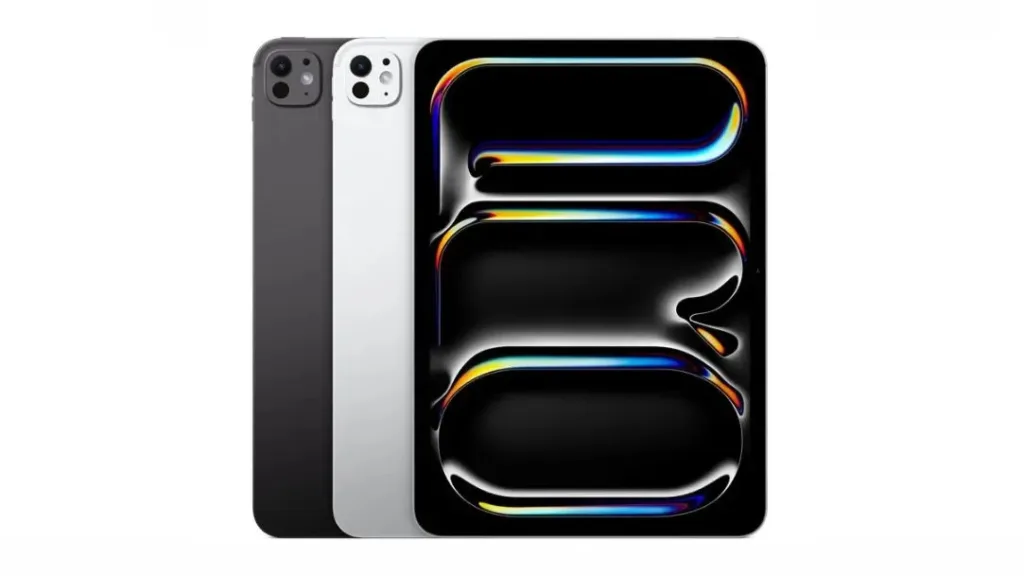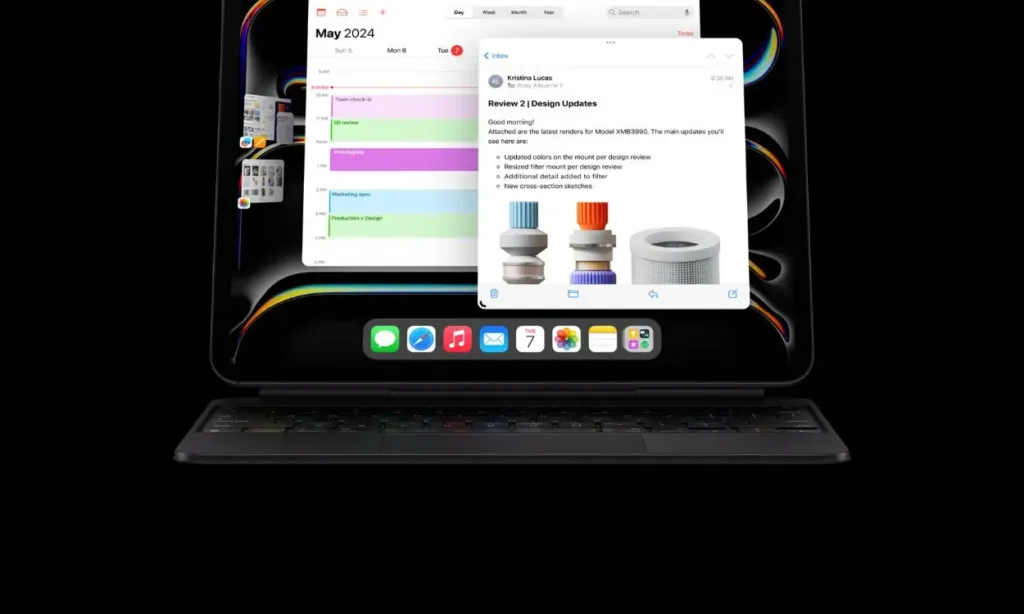
At the “Let Loose” event on May 7, Apple unveiled the new M4 iPad Pro. Over the past six years, the iPad Pro lineup has showcased Apple’s flagship display technology, starting with the ProMotion LED display and progressing to the mini-LED backlighting. The 2024 iPad Pro introduces the much-anticipated OLED display, which Apple refers to as “Tandem OLED” for an Ultra Retina XDR OLED screen. Since the term “Tandem OLED” is not widely known, many may be curious about what sets it apart and makes the new iPad Pro special. If you’re among them, continue reading for answers.
What is Tandem OLED?
Before delving into Tandem OLED, let’s briefly explore OLED screens. OLED stands for Organic Light Emitting Diodes, which are composed of organic electroluminescent films that emit light when an electric current passes through them. In an OLED screen, each pixel functions as its own light source, and each pixel can be independently turned off, achieving deep and true blacks.

The Tandem OLED panel consists of multiple OLED screens stacked atop each other. This is the approach Apple has taken with the Ultra Retina XDR OLED screen on the 2024 iPad Pro. According to Apple, the Ultra XDR Retina Display utilizes two OLED panels, combining their light output to enhance overall screen brightness.
This configuration ensures that users enjoy all the benefits of OLED panels without sacrificing brightness. In fact, Tandem OLED offers increased overall brightness for both Standard Dynamic Range (SDR) and High Dynamic Range (HDR) content. Additionally, it delivers perfect blacks, improved contrast, and other advantages. We’ve summarized everything below for easy reference. Let’s explore further.
Advantages of Tandem OLED on the New M4 iPad Pro
1. Perfect Blacks

One of the most prominent features of OLED panels is their ability to produce deep, inky, and perfect blacks. This is achieved by the OLED screen’s ability to completely turn off individual pixels. Unlike LCD and mini-LED screens, OLED displays can achieve perfect blacks when necessary. With the Tandem structure, the new iPad Pro is expected to deliver the truest black levels without any of the blooming issues that OLEDs are sometimes associated with.
2. Better Contrast Ratio

Another exciting feature of OLED displays is their high contrast ratio. Thanks to individually dimmable pixels, an OLED iPad Pro can offer better contrast than the mini-LED displays found on previous models. A higher contrast ratio translates to more vibrant colors, improved readability, and better overall image quality on the latest iPad Pro.
3. Higher Brightness Levels

As discussed earlier, the Tandem OLED panels in the new iPad Pro utilize dual-stack technology, with two layers of organic light-emitting diodes stacked on top of each other. This configuration allows the Tandem OLED screen to combine the light output from both diodes, resulting in an exceptional full-screen brightness. Compared to the previous iPad Pro (2022), which supports 600 nits of brightness, the new iPad Pro boasts an impressive 1000 nits of full-screen brightness for both Standard Dynamic Range (SDR) and High Dynamic Range (HDR) content. Additionally, it offers a peak brightness of 1600 nits for HDR content. Currently, no other device in its class can match this level of extreme dynamic range.
4. Improved Motion Performance

The Tandem OLED screen on the M4 iPad Pro enhances its motion performance. Compared to LCD panels, OLEDs provide a smoother and more seamless transition between frames. This responsiveness to content in motion and superior motion-blur management significantly improves the viewing experience, particularly for fast-paced action movies or high-speed games. With its improved motion performance and powerful M4 chip, we believe the new iPad Pro offers a great screen for gaming as well.
5. Better Viewing Angles

OLED displays provide superior and more comfortable viewing angles compared to LCD and mini-LED screens. While this might not have a significant impact when watching movies or scrolling through content on your new iPad Pro, it can make a difference when sharing the screen with a sibling or partner. With OLED, there are minimal shifts in contrast, color, or overall image quality, ensuring a consistent viewing experience from various angles.
That concludes our overview of Tandem OLED on the new iPad Pro. While OLEDs offer numerous advantages over existing display technologies, they are susceptible to burn-ins, which are permanent marks that remain visible on the screen regardless of the content displayed.
We hope that Apple has implemented advanced techniques to mitigate this issue, as it cannot afford to take any risks with its premium, top-of-the-line tablet lineup. Additionally, the two OLED screens stacked together promise a longer lifespan, which may alleviate concerns about burn-in issues.

0 Comments